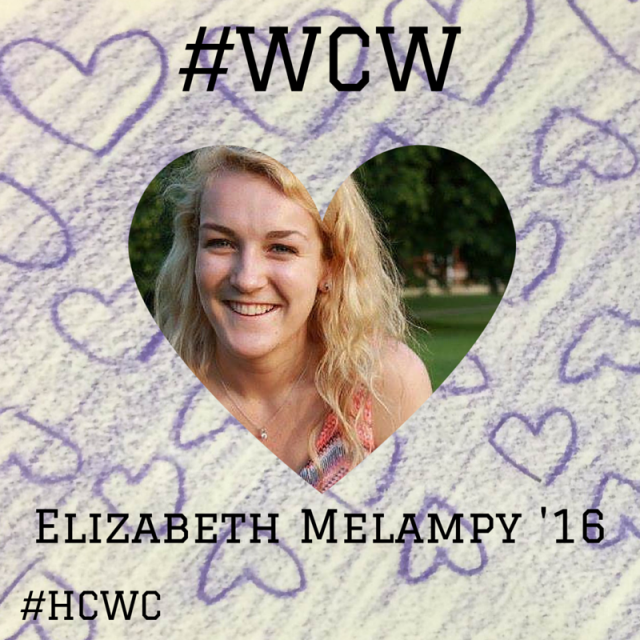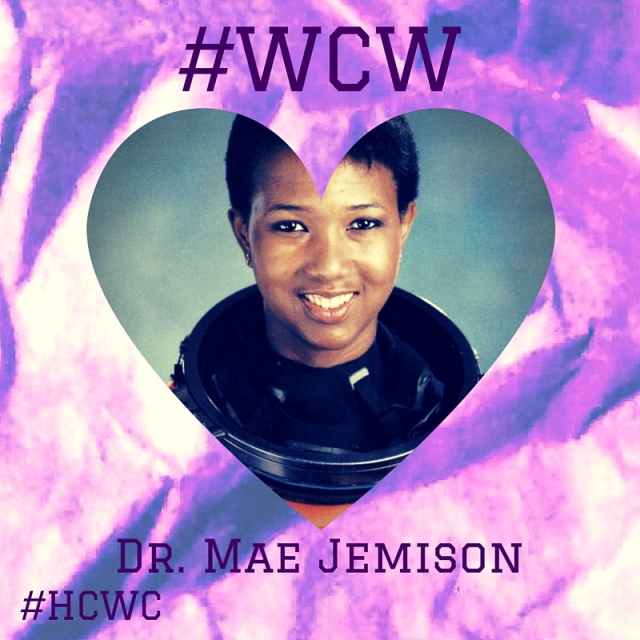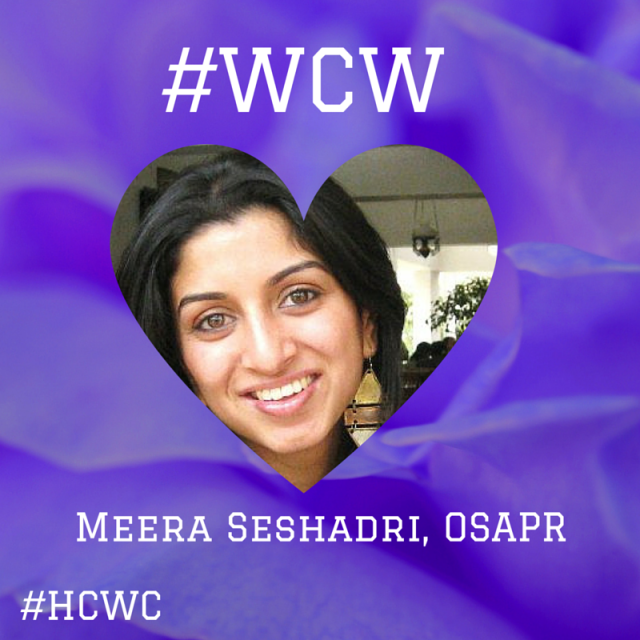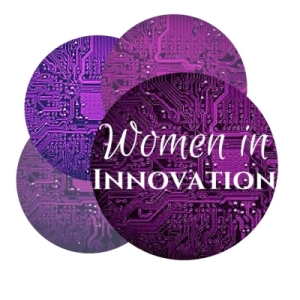By: Sally Yi
When I showed someone my plan of study for the next three years, he noted that an overwhelming number of my classes deal with American history and issues. “There’s a whole world out there, you know,” he told me. And I concede that it’s true- it’s easy to forget that there’s a “whole world out there,” especially when we live on a campus fraught with its own array of gender issues. In the past semester, there’s been much dialogue around sexual empowerment, about consent (or the lack thereof) and survivors of sexual assault, and about opening up once exclusively male spaces to women (1, 2). It is therefore quite apparent that there is never a dearth of issues that affect us on a personal basis in our daily lives in Harvard Square. However, one issue that is almost constantly on my mind is child marriage.
Child marriage became such a pressing topic for me after reading Khaled Hosseini’s A Thousand Splendid Suns in ninth grade. I had picked up the book as light reading, but quickly found out that it was not beach-read material. The main character, fifteen year old Mariam, is married to a man 30 years older than her, who abuses her physically and emotionally. Since I had just turned fifteen, it was easy for me to put myself into Mariam’s shoes and imagine my whole life cut short by being married against my will. At the same time, I could not believe that there were places in the world where this was such a common action and lived experience, and could not fathom the systems of oppression against women in these communities. And it broke my heart to learn, as I became interested in the topic, that girls in India married before the age of 18 were twice as likely to report that they were physically (beaten or slapped) or verbally threatened by their husbands than women who married later in life. Furthermore, child brides are often left emotionally traumatized, not only having to deal with sexual abuse but also reporting feelings of hopelessness, helplessness, and severe depression.
There are six interns at the Harvard College Women’s Center. If we were living in a developing country, statistically, two of us would be married by now. According to the International Center for Research on Women, one out of three girls in the developing world are married before the age of 18, and one in nine are married before the age of fifteen.” That means that if present trends continue, 150 million girls will be married before their 18th birthday in the next decade. 150,000,000. That’s about the current population of Russia, or the populations of Germany and Thailand combined. Can you imagine- a whole country of girls who were forced into marriage as children, most against their will?
Ending child marriage by 2030 is among the targets set out in the U.N. Sustainable Development Goals recently adopted by world leaders., but it is still far from reality. Though India made child marriage illegal in 2006, it is still practiced quite frequently, and 47% of girls are married before the age of 18, and 18% by the age of 15. It is largely because of gender norms, as girls are expected to get married and take care of her in-laws (and if she is not married, she’s considered a burden), whereas their brothers are valued and given the best education possible. In addition, poverty plays a role in child marriage in the country; Indian customs state that the girl’s parents must hold a large dinner, which is not financially feasible for many families, so they may have a marriage ceremony for an older daughter and have simultaneous weddings for her younger sisters who may even be toddlers.
Yet there are several more countries where child marriage is more prevalent than in India. In Niger, 75% of girls are married before their eighteenth birthday, and in Chad and the Central African Republic, 68% of girls are married before their eighteenth birthday. Child marriage in this region is particularly worrisome, as these girls face a higher risk of contracting HIV, as their husbands are often much older and have more sexual experience; as a result, girls ages 15-19 are 2-6 times more likely to contract HIV than boys their age in sub-Saharan Africa.
Though all of these statistics are startling, what moves me most is hearing about the stories of girls who escaped child marriage. One woman, Cameroonian-born Mairamou, states that she “dreamed of being a woman mayor, and having lots of diplomas… [and] going to university” but when she finished fifth grade, her father said “that was the age to get married” and she was married off to her father’s friend who was three times her age. Once married, she had to move far from her family, and lived in constant fear because her husband was violent and sexually assaulted her. Or take the case of Nujood, who was married at the age of nine and ran away from her husband seeking a divorce at the age of ten. These are sadly the daily lives of so many young women who are child brides, most of whom are not as lucky as Mairamou or Nujood in escaping their situations.
I applaud Guatemala for raising the minimum age for girls to marry from 14 to 18, but there is still so much work to be done. Laws don’t seem to be enough to eradicate child marriage throughout the world and to protect girls; we need to change systematic oppression and devaluation of girls, and to change gender roles in societies that do not value women’s education.








